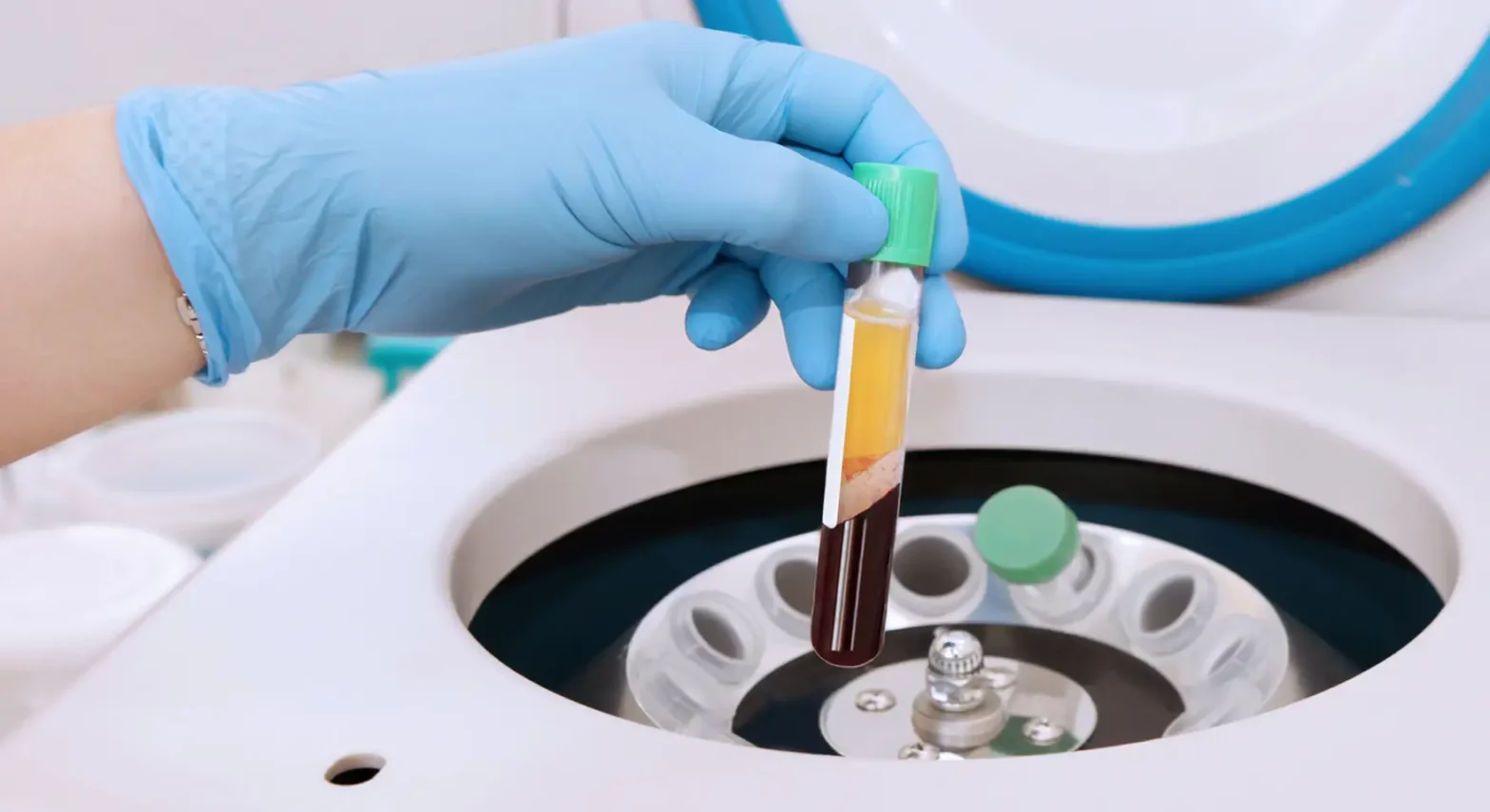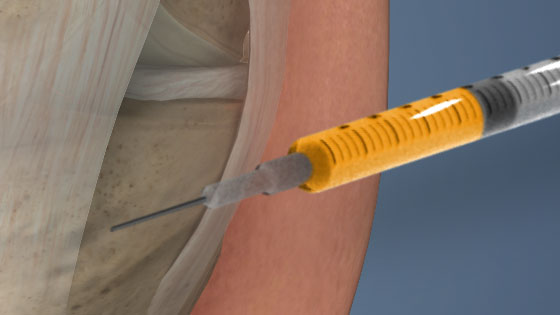May 30th, 2023
PRP Therapy and its Role in Orthopaedic Rehab

Understanding PRP Therapy
PRP therapy is a brief way to refer to a treatment known as platelet-rich plasma injections. This treatment involves using the body’s natural healing abilities to help it recover from injuries or other health concerns. PRP therapy uses cells called platelets from a person’s own body. Platelets help blood cells stick together to heal physical wounds. They also allow the body to create new cells, which encourages the growth of tissues, ligaments, tendons, joints, and muscles. As you can imagine, this is useful for many reasons, since these are found throughout the entire body. Evidence shows that PRP therapy can help injuries and wounds heal more quickly and lower pain levels[1].
Expert Insight
Understanding PRP Therapy - Jason Klein, MD
When someone gets PRP therapy, a health care provider starts by taking a sample of the patient’s blood and using a machine to separate the platelets from the water, proteins, and fluids in it. They then use a needle to inject the platelets into the area that is in need of repair or healing. For deeper injuries, providers may use ultrasound imaging to guide their placement of the injection in the right spot.
PRP therapy can be beneficial for a few orthopaedic conditions:
Osteoarthritis
As a type of arthritis that gets rid of the fluid that cushions the joints, osteoarthritis is just one condition that can be treated with PRP therapy. These injections are especially helpful for managing osteoarthritis because they can help ease swelling and prevent further inflammation from developing in the joints.
PRP therapy has proven most helpful for osteoarthritis of the knee. Studies show that up to 60% of people with knee osteoarthritis who receive PRP therapy experience lower pain levels, less swelling, and more flexibility[2]. Some research suggests PRP therapy is most helpful for individuals with mild or early-stage osteoarthritis, but there is also evidence to support its benefit for those with severe osteoarthritis symptoms[3].
PRP therapy is a short-term treatment and its effects can last between 6 and 12 months[4]. Even so, studies show that many people still benefit from PRP therapy after improvements level out. Six months after receiving PRP therapy, people with knee osteoarthritis continued to report better function and less pain as compared to before the injections[5].
While the majority of the research on PRP therapy focuses on osteoarthritis of the knee, it can also help individuals who have this condition in the hips[6] and shoulders[7]. Either way, PRP therapy is a low risk procedure that shows promise for helping individuals with many types of osteoarthritis.
Shoulder Injuries
PRP therapy is becoming a more common alternative to surgery for acute and chronic overuse injuries of the shoulder[8]. While a cure is not possible for these health concerns, some evidence suggests that PRP therapy can lead to more long-term relief for shoulder pain. Studies show that 78% of patients with rotator cuff tears experienced less pain and better function after 6 months[9]. These gains also had staying power, with 72% of people reporting similar improvements after 1 year and 69% of patients with rotator cuff tears noting continued benefits after 2 years. Individuals with partial tears saw the most benefit from PRP therapy, but there was only a slight difference between their results and those of individuals with full rotator cuff tears.
PRP therapy can also help people with tendonitis in the shoulder[9]. The same study notes 63% of people with shoulder tendonitis had less pain after 6 months, 50% still saw improvements after 1 year, and 40% had continued relief 2 years later. This suggests PRP therapy has the potential to assist individuals with shoulder conditions in decreasing their pain and getting more use out of their shoulder.
Achilles Tendon Injuries
Just as PRP therapy can benefit injured tendons in the shoulder, it can also effectively treat injuries to the Achilles tendon in the ankle. Up until now, standard nonsurgical treatments have up to a 25% failure rate[10]. This paves the way for newer potential treatments, one of which is PRP therapy. Studies show that functional improvements in people with chronic Achilles tendonitis were significant after 3 months and remained almost unchanged 2 years later[11]. Doctors also observed structural changes in the tendons of many of these same patients, which suggests PRP therapy had a large impact on tissue healing. In terms of discomfort, research supports similar results. One study found that people with Achilles tendon injuries experienced at least 30% less pain during both activity and rest after receiving PRP therapy[12].
PRP therapy has also shown promise in the areas of hair restoration and wound healing along with the treatment of other orthopaedic concerns and injuries. Anyone who is interested in using PRP to relieve pain, improve motion, and encourage healing for any of the above injuries should speak with their doctor. They can determine whether or not this treatment is right for you. PRP therapy is considered a safe and low risk treatment, but it is not appropriate for some patients. Individuals who have Hepatitis C, human immunodeficiency virus (HIV), acquired immunodeficiency syndrome (AIDS), or infections such as sepsis are not a good fit for PRP therapy. People who are diagnosed with blood disorders such as anemia, blood cancer, and thrombocytopenia may also not be able to receive PRP therapy. If you have specific concerns or questions, ask your doctor to learn more about your options.
Find an Orthopedic Doctor in Your Area





